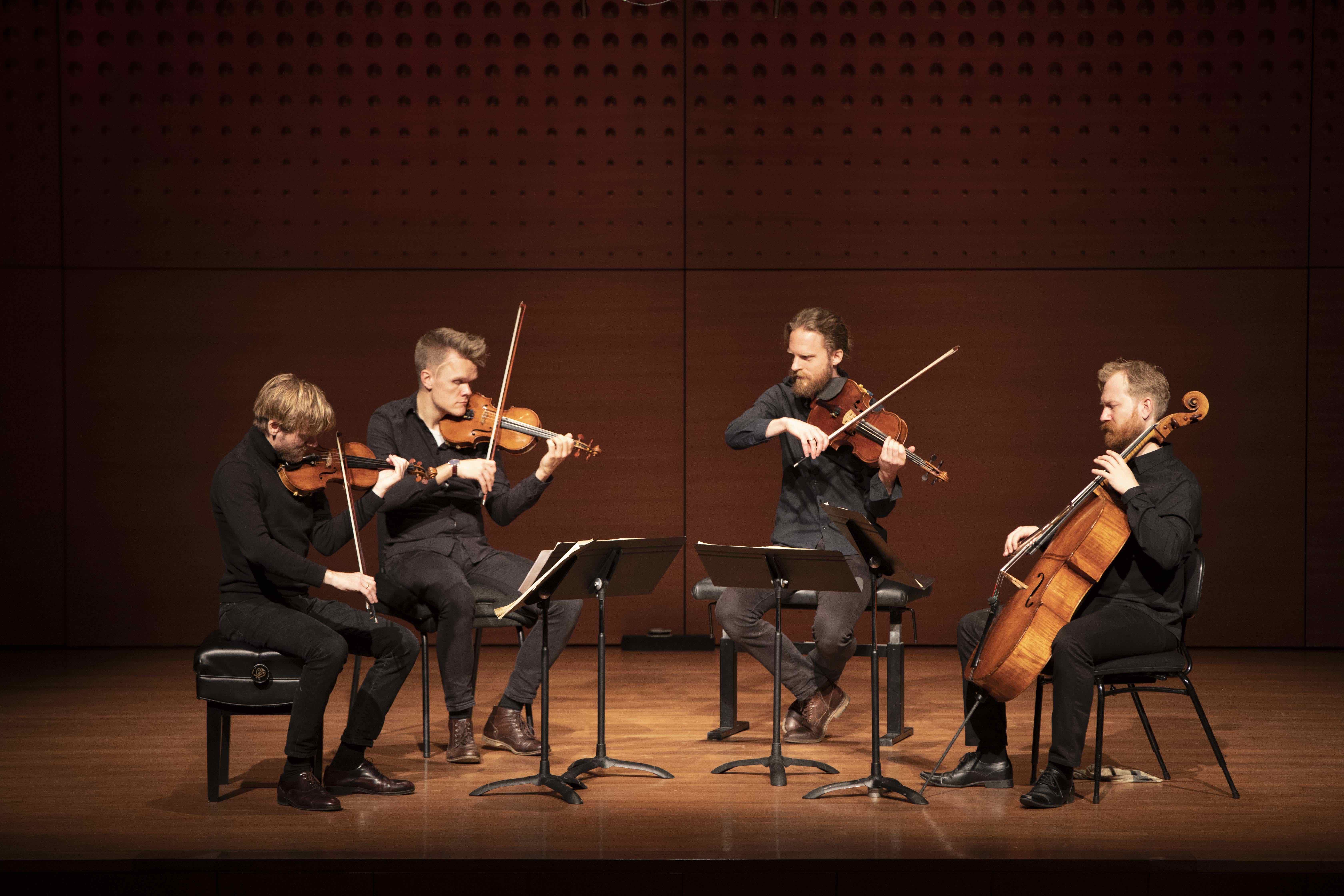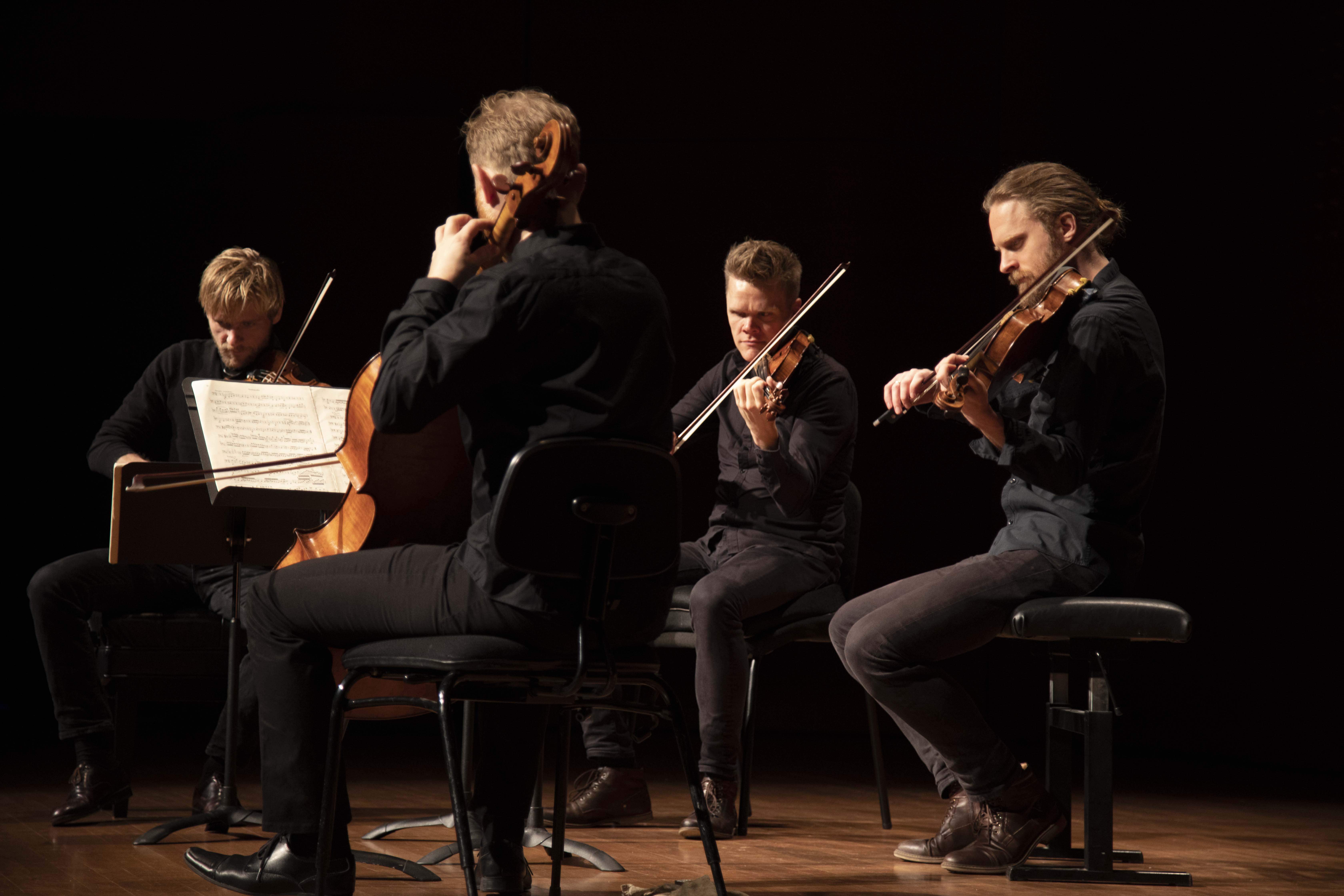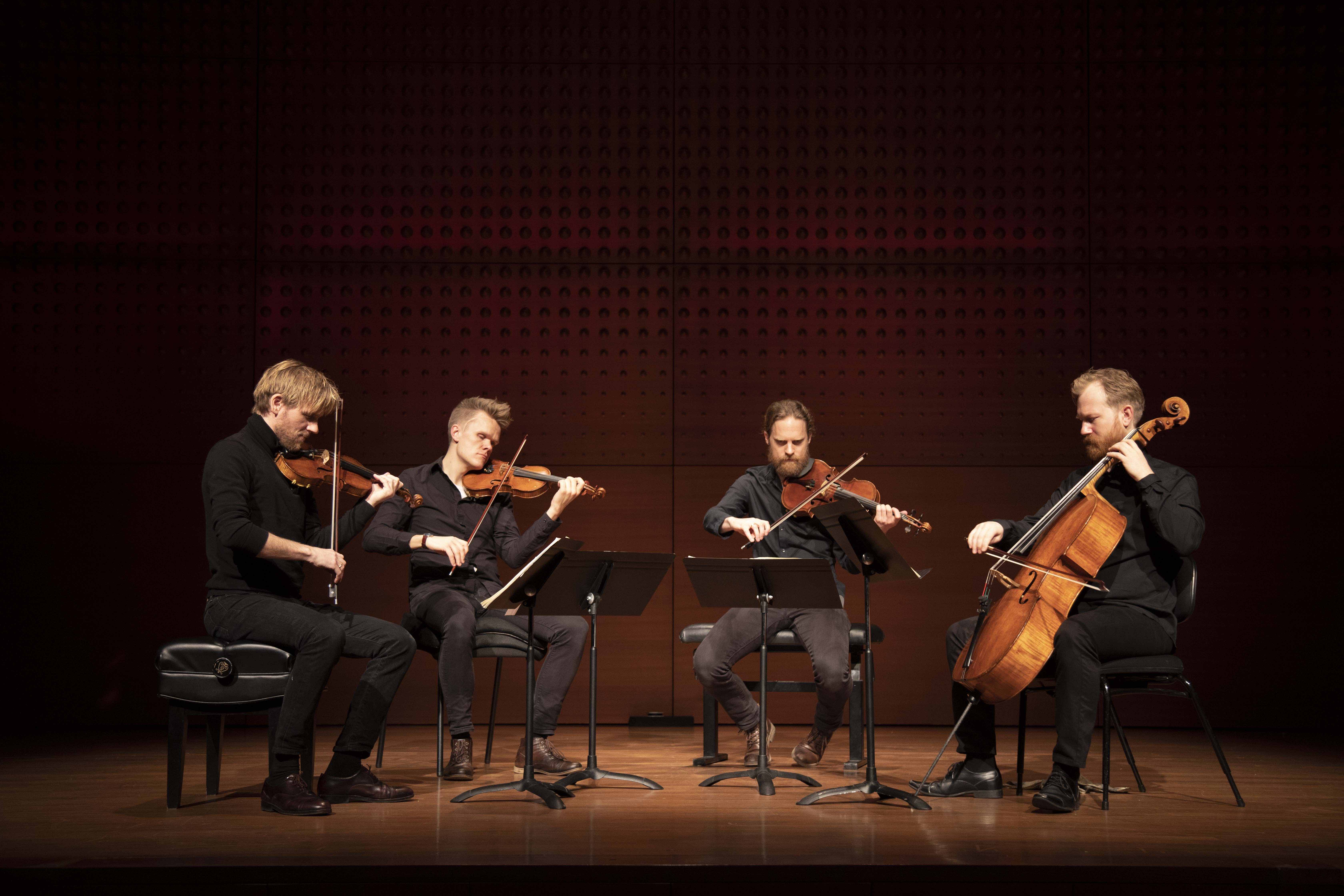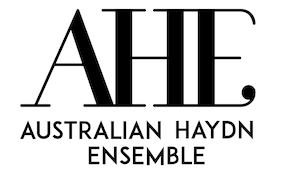It may be only February, but critical eyes and ears are already swimming with all the Beethoven on offer in this, the composer’s 250th birthday year. Given the plethora of opportunities to hear his music in concert, many of them occasions for marathon cycles, making the right choices are crucial for those who fear an early onset of “Beethoven fatigue”. Performing as part of Chamber Music Society of Lincoln Center’s 2020 program, the magnificent Danish String Quartet, I’m happy to report, is about as far from fatiguing as you can get.
 Danish String Quartet. All photos © Tristan Cook
Danish String Quartet. All photos © Tristan Cook
The DSQ’s New York traversal of the complete Beethoven string quartets is coming off the back of volumes 1 and 2 of their outstanding “Prism” series, a five-album survey of the late quartets for ECM that pairs each one with a resonating contemporary work. Two packed-to-the-rafters concerts in and you can feel not just a tangible sense of artistic vision, but already there is a keen anticipation of the shape of things to come in the four remaining gigs.
Like the Op. 2 Piano Sonatas, or his Op. 21 First Symphony, Beethoven’s Op. 18 set of six string quartets seems to mark the current state of play as far as the genre is concerned. The composer’s fingerprints are certainly there – the dramatic flair, the rhythmic quirks, the enviable array of memorable themes – but there’s also a sense of a man who’s still covering ground well-trodden by Mozart and Haydn. Boundaries are sometimes tested, but the commercially canny composer is not going to lose a lucrative domestic sale by bewildering the consumer just yet.
Given those twin aims, a quartet is faced with a choice to go at them hell-for-leather and emphasise the new, or alternatively to explore the tensions within, hinting at what might be around the corner while respecting the 18th-century gallantries at the heart of the set. The DSQ (three Danes: violinists Frederik Øland and Rune Tonsgaard Sørensen and violist Asbjørn Nørgaard, plus Norwegian Fredrik Schøyen Sjölin on cello), it seems, is opting for the latter path, and it’s a sound decision, especially given their natural propensity for light, lean textures and gleaming tone.

Three virtues are immediately apparent: 1) these are players of considerable imagination; 2) the ensemble is tight as a drum; and 3) here are four men who love and respect Beethoven. Their obvious emotional bond translates into a jaunty camaraderie allied to an infectious joy in making music together. Their natural lightness of touch clarifies Beethoven’s part-writing, while gently sprung rhythms and occasional bursts of mercurial fantasy keep the music on its toes. Contrasts are relished, and while they are careful never to overdo matters, at times you feel them peddling the composer’s more novel ideas with a rhythmic dig in the ribs here or a cheeky sense of swagger there.
The poignant Andante con moto of the D Major Quartet (Op. 18’s No 3, but actually the first of the six to be written) found them in seriously sublime mode. Here was warmly lyrical playing with a gentle lift emphasising the uniquely Beethovian side steps from key to key (though never at the cost of the music’s organic ebb and flow). The exuberance of the F Major Quartet (called No 1, but actually the second composed) showcased their innate companionability – three of them have known each other since boyhood – tossing the themes back and forth with a friendly glance, teasing out the moments when one idea magically morphs into another, and diving down Beethoven’s musical rabbit holes with a cheerful alacrity. The DSQ proved ideal advocates for these quartets as “social” affairs, in other words music the composer meant to be shared among friends.
In fact, Beethoven had studied with Haydn a few years earlier, and while behind his back the old man referred to the cocky youngster as “The Great Moghul” (i.e. a puffed-up bigshot), Beethoven was keen to pay homage to his teacher while serving up moments that players could latch onto as recognisably “Haydn”. The DSQ was adept at bringing out such moments, capturing the Haydnesque geniality of the opening of the D Major Quartet (No 3) and the hijinks of its Presto finale. Equally praiseworthy was the Classical grace conjured throughout the A Major Quartet (No 5), and especially in the gallant Adagio, which introduces the theme and variations of its highly individual third movement. The tiny hiccups as the music gets into its stride and the stomping rush of the lively fifth variation were full of individuality and character.

But it was in the concluding B Flat Quartet (No 6) – Beethoven’s emphatic full stop to his opening sallies in the form – that you sensed the Danes really starting to look to the future. The brisk, bubbly Allegro con brio was pure, idiomatic Beethoven, the contrasting second theme lovingly finessed. The curiously double-tongued Adagio with its weirdly shifting second theme benefited from the DSQ’s minimal vibrato approach, while in the virtuoso romp through the Scherzo you could feel the composer’s eye on prizes to come. The famous “La Malinconia” finale is where Beethoven finally puts his iconoclastic cards on the table, and here the quartet’s precise approach saw them bit by bit inching the insidiously gloomy theme forward. The music’s toppling over into forced jollity was perfectly judged and they were similarly adept when it came to the jarring lapse as the “black dog” reasserted itself. This was dramatic playing of the highest quality, whetting our whistles for the eccentricities of the Razumovsky Quartets ahead.
In their engaging program notes the Danes acknowledge the modern habit of dressing up and the formal institution that is chamber music. But what is more important, they argue, is the sense of a journey, and an opportunity to experience a complete life in music. “It isn’t about shining, big moments. It isn’t about impressive endings with bows held high above our heads,” they write. “And when we finally enter the realm of the late quartets, we will have ended up in a place where shiny surroundings and ironed shirts are of no importance. It is a place where there is only music left.” Hear, hear! And with six quartets down and 10 to go, so far, so good (or should that say excellent?).
The Danish String Quartet Beethoven Cycle continues at Lincoln Center of February 11, 14, 16 and 18














Comments
Log in to join the conversation.